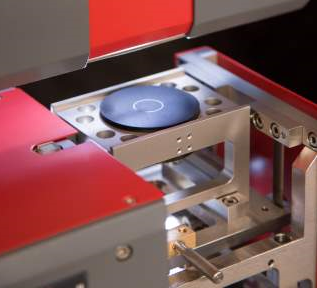
Demand among automobile and aerospace manufacturers is growing for stronger materials that can perform at high temperatures and withstand advanced radiation damage. These materials needs to be light in weight, cost effective, energy efficient, and have stringent production safeguards.
Engineers use various methods to increase the strength of materials. However, most of these strengthening mechanisms lower the toughness of the material.
Materials with lower toughness may fail suddenly without any noticeable deformation – which is a serious issue for structural applications as it may result in catastrophic failures.
This project seeks to address the limitations of the current strengthening mechanisms used by manufacturers by developing an innovative new system.
A multi-layered material with increased strength that is robust enough to handle increased temperatures will be developed. The multilayered structure of this material will contribute to its increased strength and toughness.
Nanostructures – which are approximately 1,000x smaller than the width of a human hair – have already had a huge influence on material science because they exhibit different properties to the other materials used by manufacturers.
Many conventional manufacturing systems make nanostructures using nanopowders, which are powdered materials with individual particles under 100 nanometers in size. However, nanopowders pose a health and safety risk.